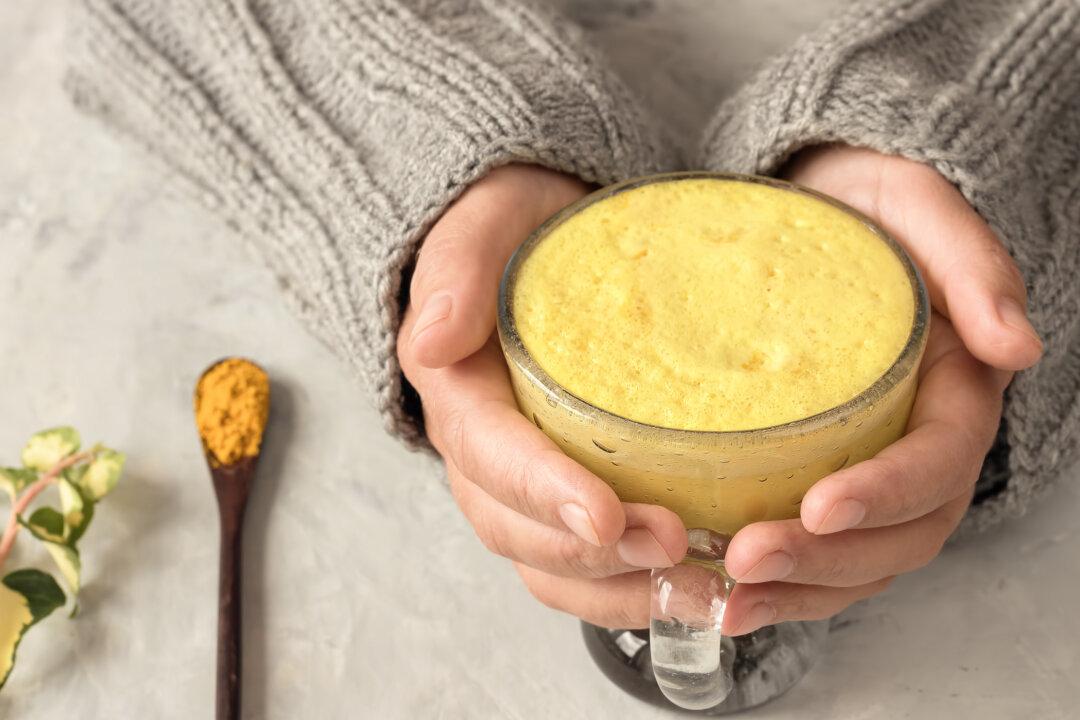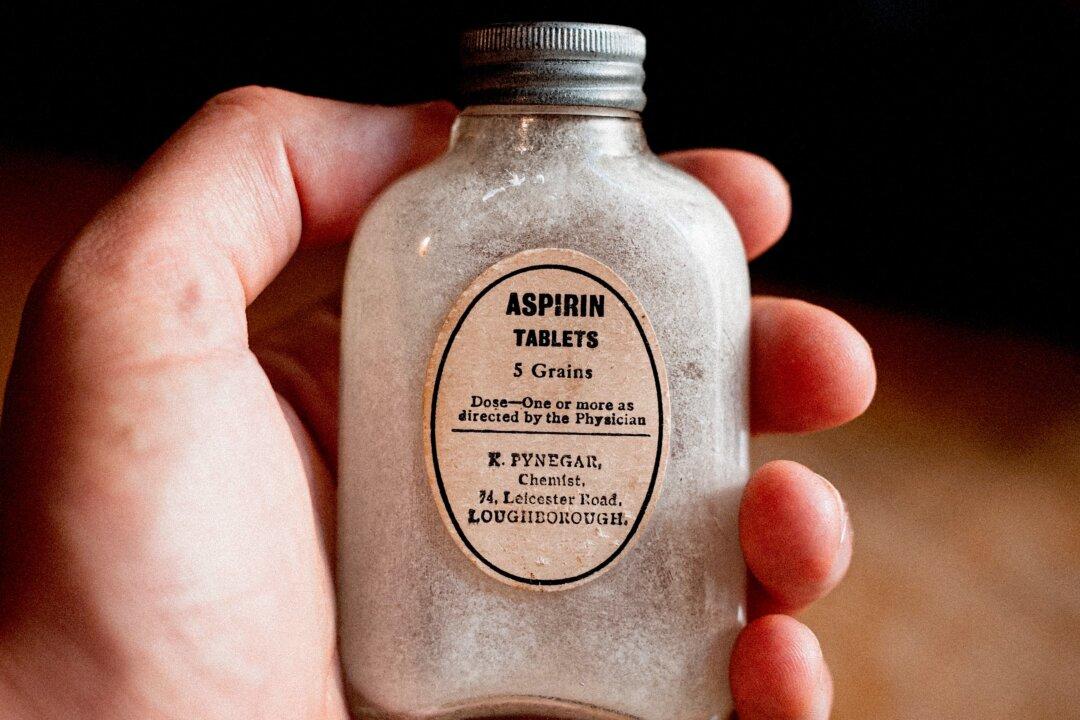According to the World Health Organization (WHO), almost one-third of residential and commercial buildings are impacted by mold, totaling more than 45 million homes, businesses, and schools. Those structures that have insufficient ventilation, insulation, or heating are most at risk.
But mold isn’t limited to buildings; it is often found in our cars, trucks, boats, and busses, too. And even if we think it isn’t affecting us through those sources, it turns out that the very food we innocently eat (mold-contaminated food – see list below for the most common offenders) may, in fact, be contributing to a growing health crisis that cries out for our attention.






